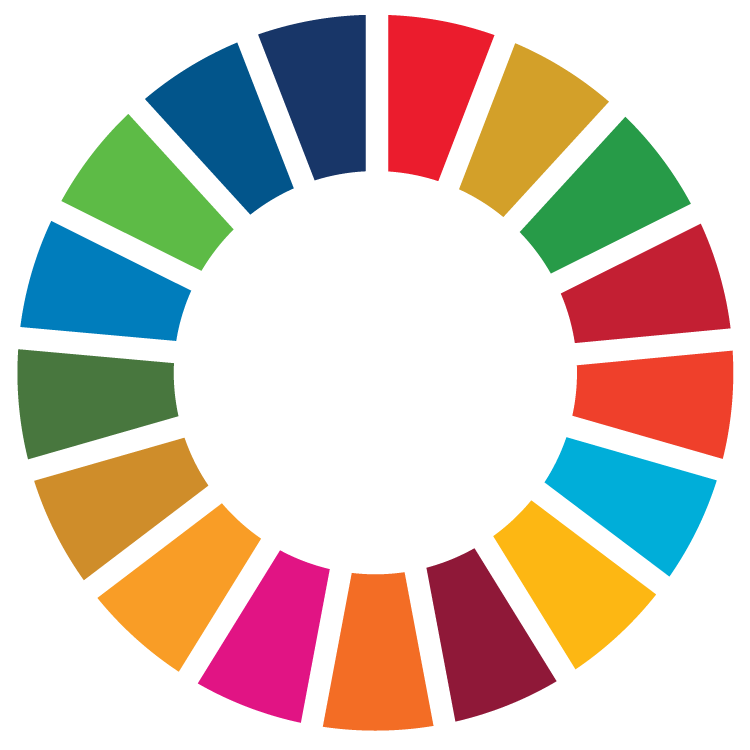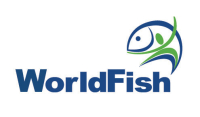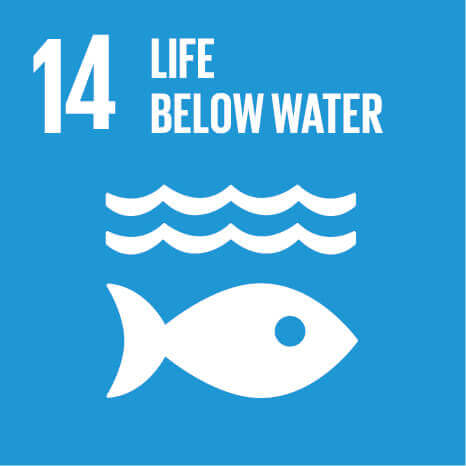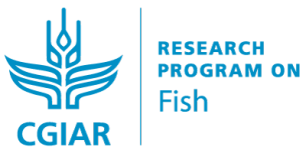National Fish Health Management Strategy of Bangladesh
Published on: April 29, 2020, Submitted by Innocent Bikara on: April 21, 2020, Reporting year: 2019
FISH research support the design of the National fish health management strategy of Bangladesh (NFHMSB) to protect the health and improve quality and productivity of aquaculture and fisheries.
Participants at a workshop on the formaulation of a fish health strategy for Bangladesh
The National fish health management strategy of Bangladesh (NFHMSB) is designed to put in place measures to protect the health and improve quality and productivity of aquaculture and fisheries, reduce the risk of introduction and spread of pathogens/ diseases, minimize the impact of diseases on farmed and open water fisheries, strengthen the capacity for research, education, diagnosis and emergency disease preparedness and facilitate trade, biosecurity and health management practices. The components of NFHMSB were developed based on scientific principles of fish health management. The development of a national strategy was a partnership between government, nongovernment, research, educational institutions and the private sector including the Department of Fisheries (DoF), the Bangladesh Fisheries Research Institute (BFRI), WorldFish (WF), universities, hatchery associations, farmers associations, input traders, feed millers and processors. The fish health and disease investigation central committee lead by the Department of Fisheries (DoF), Government of Bangladesh was at the forefront of the development process for the NFHMSB. The disease investigation committee formed four working groups and identified ten goals covering a list of pathogens/ diseases, the diagnostic capacity of laboratories, surveillance measures, quarantine measures, improved health management practices, human resources development and facilitating investment to include in the strategy. The DoF as the competent authority will play a leading role in the implementation of the strategy. An implementation plan will be prepared with multi stakeholder involvement that will include government, non-government organizations, research institutes, academicians, organizations of farmers, input suppliers, traders, processors. The implementation plan includes the roles and responsibilities of the competent authority, development of a legislative framework, action plan, indicators to measure the progress and funding resources for implementation.
 Disaggregates for Sphere of Influence
Disaggregates for Sphere of Influence
-
1.1.2 - Reduced production risk
Focus
-
Capacity Development & Knowledge Sharing: 1 - Significant objective
Specific Disaggregates for this Policy Indicator
-
Policy/Investment Type: Policy or Strategy
-
Whose policy is fixed? Public Sector
-
Stage of Maturity: Level 1 - Research taken up by next user (decision maker or intermediary)
Acknowledgement
This work was undertaken as part of the CGIAR Research Program on Fish Agri-Food Systems (FISH) led by WorldFish. The program is supported by contributors to the CGIAR Trust Fund. Funding support for this work was provided by the United States Agency for International Development (USAID) under the Feed the Future Bangladesh Aquaculture and Nutrition Activity (BANA) project.
WorldFish appreciates the role of the Department of Fisheries (DoF) in the stewardship of the Strategy development process.





